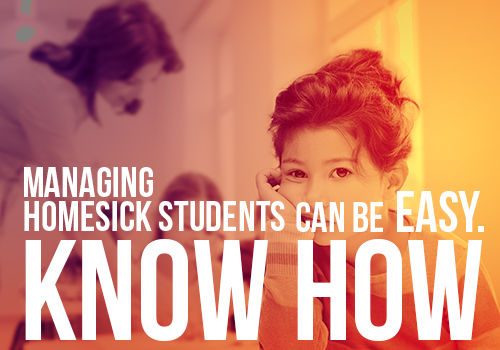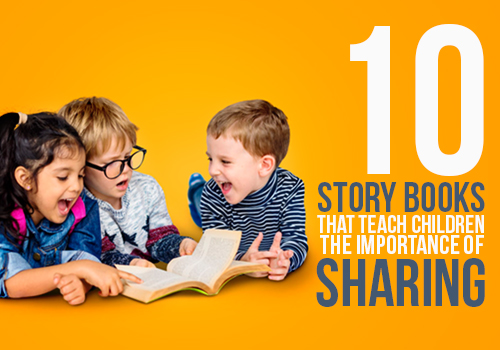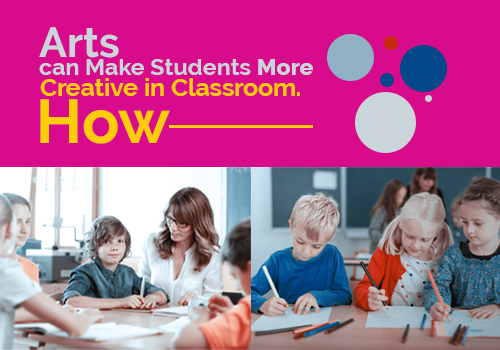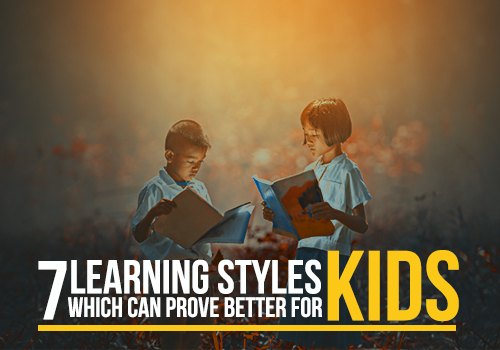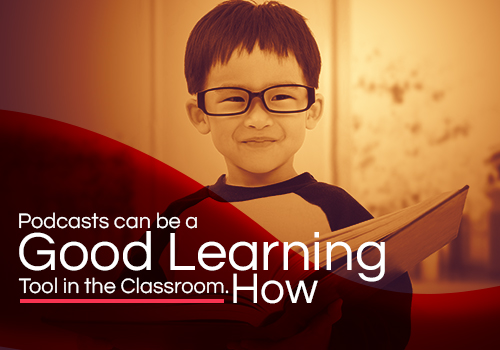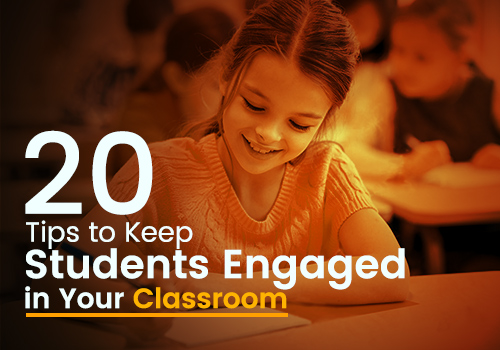Day scholars are lucky to spend quality time in school and get back home after school. But what about those who have moved out from their home city to another town to study? They miss being at home, their family and friends in their neighborhood in their pursuit to receive quality education from a renowned institute that is away from their home.
All in an attempt to make the transition from home to the hostel a pleasant move, school and college administrators should go the extra mile in helping hostelers deal with homesickness in a better way.
Here are some ways in which an educator can better manage homesick students so that they make their hostel as their second home.
- It is normal to feel homesick
Educators play an important role in simplifying the first few months of hostel life of students. They are the ones who try to impress upon students who is having homesick. While some introvert students keep their feelings to themselves, some express their feelings that are indeed missing their families.
Handholding all such students and making them comfortable in the hostel will be possible if educators spend time with homesick students make them feel normal. Educators should impress upon students that this is a passing phase which will fade out very soon provided certain corrective measures are taken.
- Encourage Homesick Students to Step Out of their Rooms
Restricting yourself to the four walls of a hostel room can be very depressing. Hostelers who start missing their homes at times get into a shell, withdrawing themselves from interacting with other friends and hostelers. In such cases, the school or college management should ensure that homesick students should be encouraged to step outside their hostel rooms.
Educators can encourage hostelers to partake social and extra-curricular activities, along with making study hours in a library mandatory. Libraries can also be the best places where hostelers can interact with day scholars and their peers.
- Pack Your Bags With Pleasurable Articles of Comfort
Hostel administrators who help freshers tide over their homesickness feelings can vouch for the immense influence of favorite articles that in-campus students bring along with them from their homes. It can be your favorite and cuddly teddy bear which was gifted by your parents, the poster of your favorite hero which was pasted on one of your bedroom walls or your family pic.
Bringing such comforting things along with you will help you better deal with the feelings of missing your home and your dear ones. Such lovable articles will also help students interact better with their roommates when they begin to go down memory lane about those articles that have a special place in their heart. These familiar things can strengthen you with a sense of positivity that you have left your home and your dear ones to pursue your dreams and soon will join them after you have reached your goal.
- A Positive Attitude Does the Trick
Positivity fills you with good and pleasurable feelings that help you overcome the thoughts of missing home. School and college administrators who prompt their in-house students to stay positive will need to handhold them to make new friends and socialize with them. At times, stress-release mechanisms like a hot shower or a stroll around the school garden can work wonders to homesick kids.
Educators who prompt hostelers to look out for ways and means to deal with homesickness will be helping them a great deal to deal with the transition from home to a university hostel. Educating them about finding solace in such comforting acts will pave the way for a smooth changeover. And when the situation goes out of hands, you as educators can also bank on the assistance provided by professionals who will counsel such students who are battling the pain of staying away from home.
- Silence Can Never Solve Your Problems
It is the responsibility of hostel or university wardens to help students open up their concerns. Suffering in silence can never be the solution to any of the problems students face; be it with their academics, their finances or their inner-most feelings. It is hence the duty of educators to help students express their fears so that they can be sorted out at the earliest before the issue magnifies and disrupts their peace of mind.
Hence it is recommended to encourage homesick students to talk about their feelings with someone whom they feel close to. While some students bank on a guidance counselor, there can be others who wish to pour out their feelings to a parent or a confidante. Shunning away the embarrassment that you experience while seeking emotional help, such acts of openness will only make homesick students stronger and composed.
- Engage in Activities You Loved While Being At Home
Another way in which hostelers can get over homesickness is to do things that they feel nostalgic about. Engaging in all those activities that you loved while you were at home even after you stepped out will help you feel better. It could be relishing familiar foods and sharing them with your roommates. You could also participate in religious traditions that were followed while you were at home.
All such activities will familiarize you with your new surroundings with a slow and steady feeling of accepting the change. Providing you the much-needed emotional support when you feel lost and lonely, these tricks help you tide over the move from home to hostel. This way, the management of schools and colleges will be able to help students identify the unique aspects of the new surroundings and fill them with a sense of belonging to the current location.
- Spend Time In Your New Surroundings
It is a known fact that moving from home to a university hostel uproots you from your known surroundings to become a part of the unknown. It can be a completely new city that you have stepped into or a hostel that is far away from your home but within the city limits. Either ways, it is going to be a completely different setup that you should acclimatize yourself with.
Activities like going around the new place, signing up for sightseeing tours, enrolling in local dance or cooking clubs should be encouraged by the management. All such activities will help new students learn the local expressions and culture. Students who are encouraged to learn the new language of the city will be better off over others who are still struggling to make a place for themselves. Getting to know the new surroundings works wonders for homesick students to look at the positives in the place alongside embracing the change gracefully.
- Putting Your Thoughts On Paper
Journalizing all your thoughts will help you delve deep into what you were feeling at different points in time. Every time you look at your journal you will begin to identify yourself better with the thoughts you had and the ways in which you dealt with them. You can enlist all the unfamiliar situations you faced during your initial stages of moving to a new city. And when you sit back to read your journal, you will be able to reflect on all those experiences.
Giving vent to your feelings in black and white strengthens your core and offers you solutions to relieve yourself of the painful feelings of homesickness. Thus, the management of universities should go the extra mile in letting the students know that penning down their thoughts and actions will come as a therapeutic tool to better manage the pain caused by staying away from home.
- Flex Your Muscles
Exercising bestows dual benefits with students who stick to a strict regime. Not only helping them stay fit, it is through exercise that students will experience the positives coming from the release of feel-good hormones. Endorphins are the natural chemicals that are released into our bodies while flexing our muscles. These hormones help students fight the common side-effects of homesickness like depression and anxiety.
Even better, the management which encourages students to exercise as groups will not only create opportunities to socialize but also helps students boost their immune system. Thus, schools and colleges which make exercising compulsory can better deal with homesick students with reduced instances of frequent headaches and colds bothering them.
- Engage in Frequent Conversations with Family and Friends Back Home
Another proven means to fight the ill-effects of homesickness is to encourage students to talk to their loved ones, their family and close friends back home. This act of frequent calling and interacting with people at home and in their old neighborhood will provide them with the much-needed self-confidence and self-reliance.
Only when homesick students talk to their dear ones about what they are going through in their new place will they be able to get the perspective of others. Listening to what they have to say will help you come up with ways to deal with the new situation. Alongside talking to old friends, if the management provides opportunities to make new friends, you will not feel left out.
Closing Thoughts
Driven by a motive to handhold new students moving away from their cozy nests to settle in a completely new place, the onus is on the management to ensure a smooth transition. Allowing them the time to embrace their new surroundings, if all the above pointers are kept in mind and implemented, educators will become instruments of peace and harmony for hostelers.
